
Installation view


Installation view
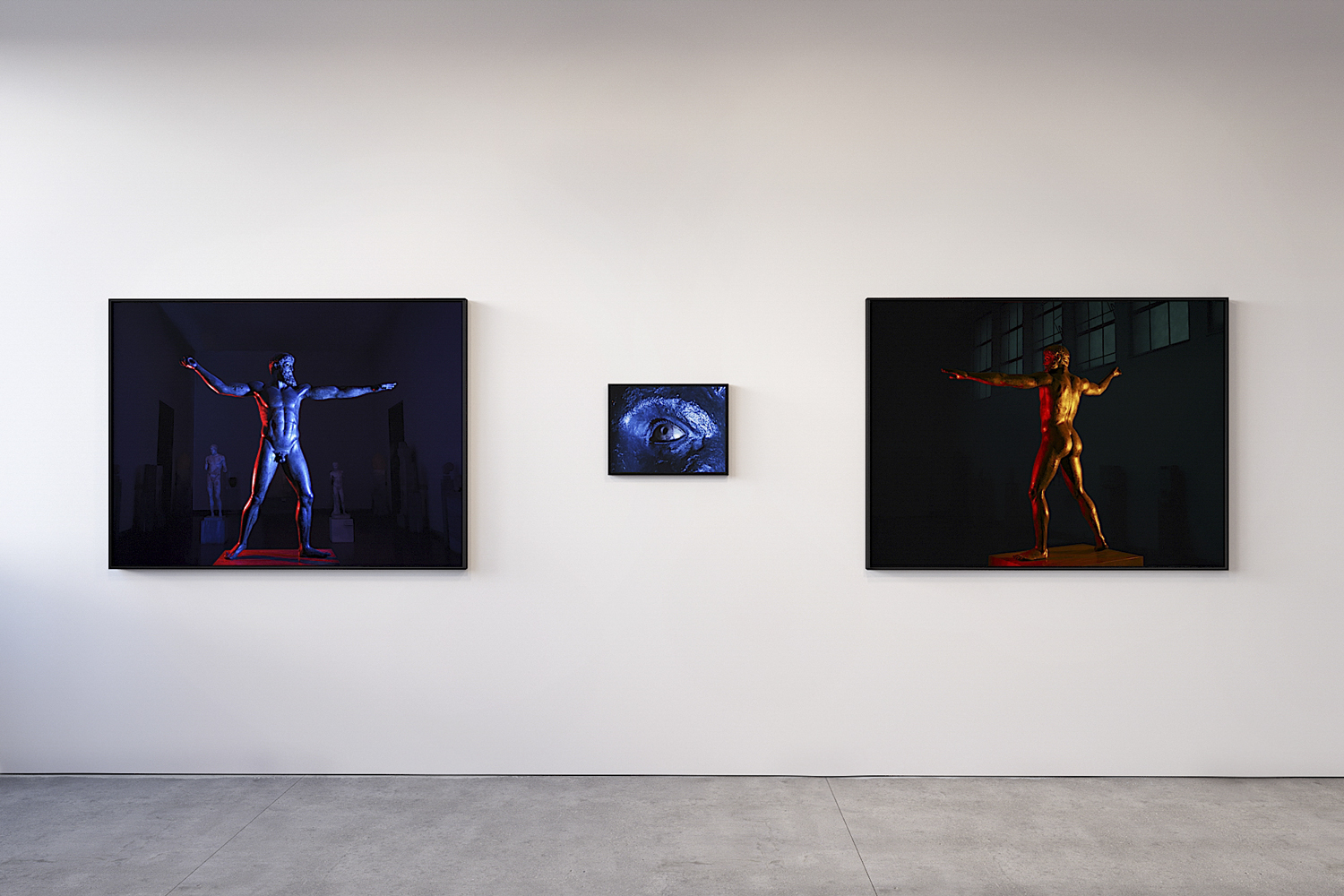
Installation view

Artemision Bronze front, 2019
National Archaeological Museum of Athens
Lambda print
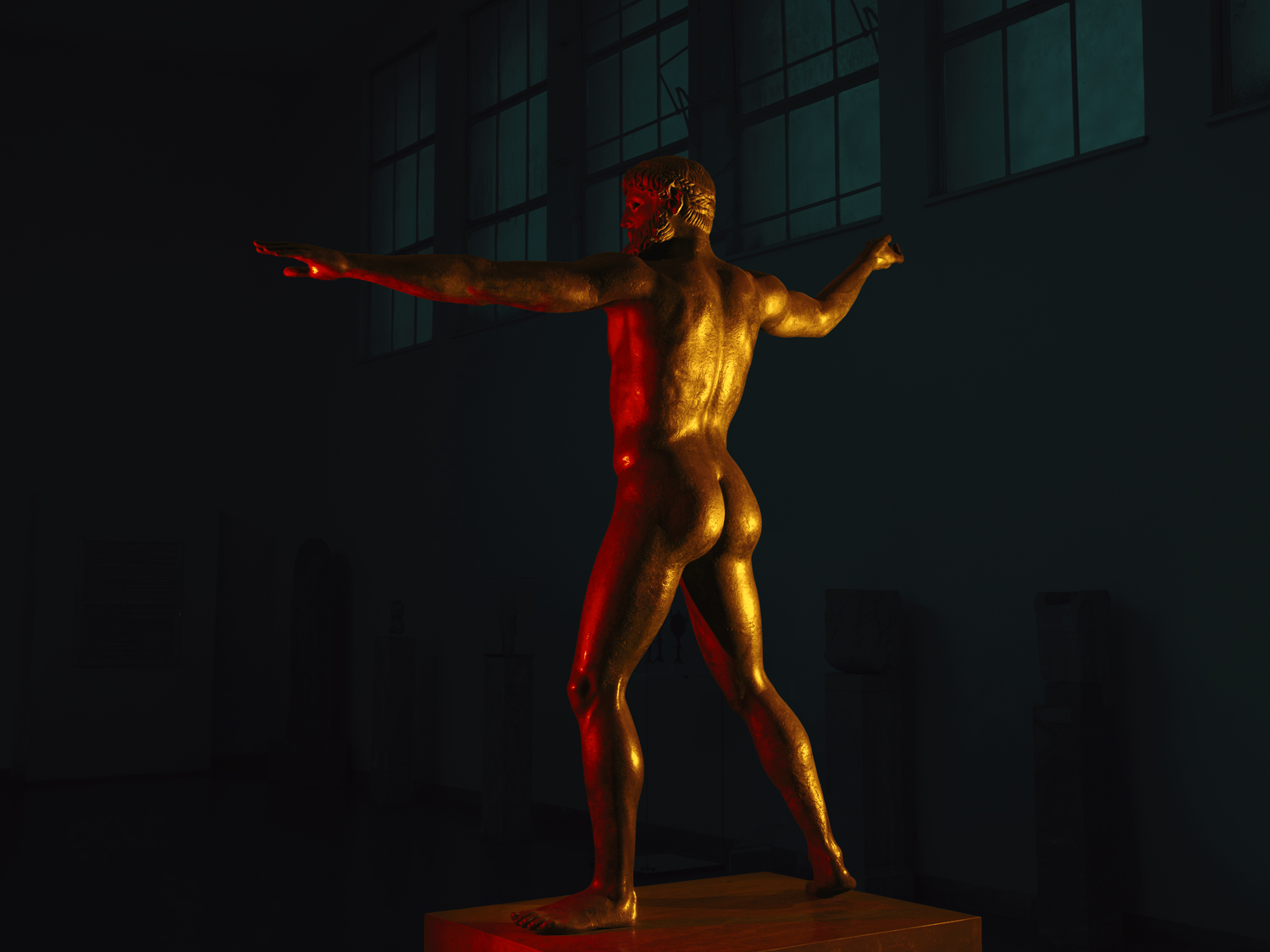
Artemision Bronze back, 2019
National Archaeological Museum of Athens
Lambda print
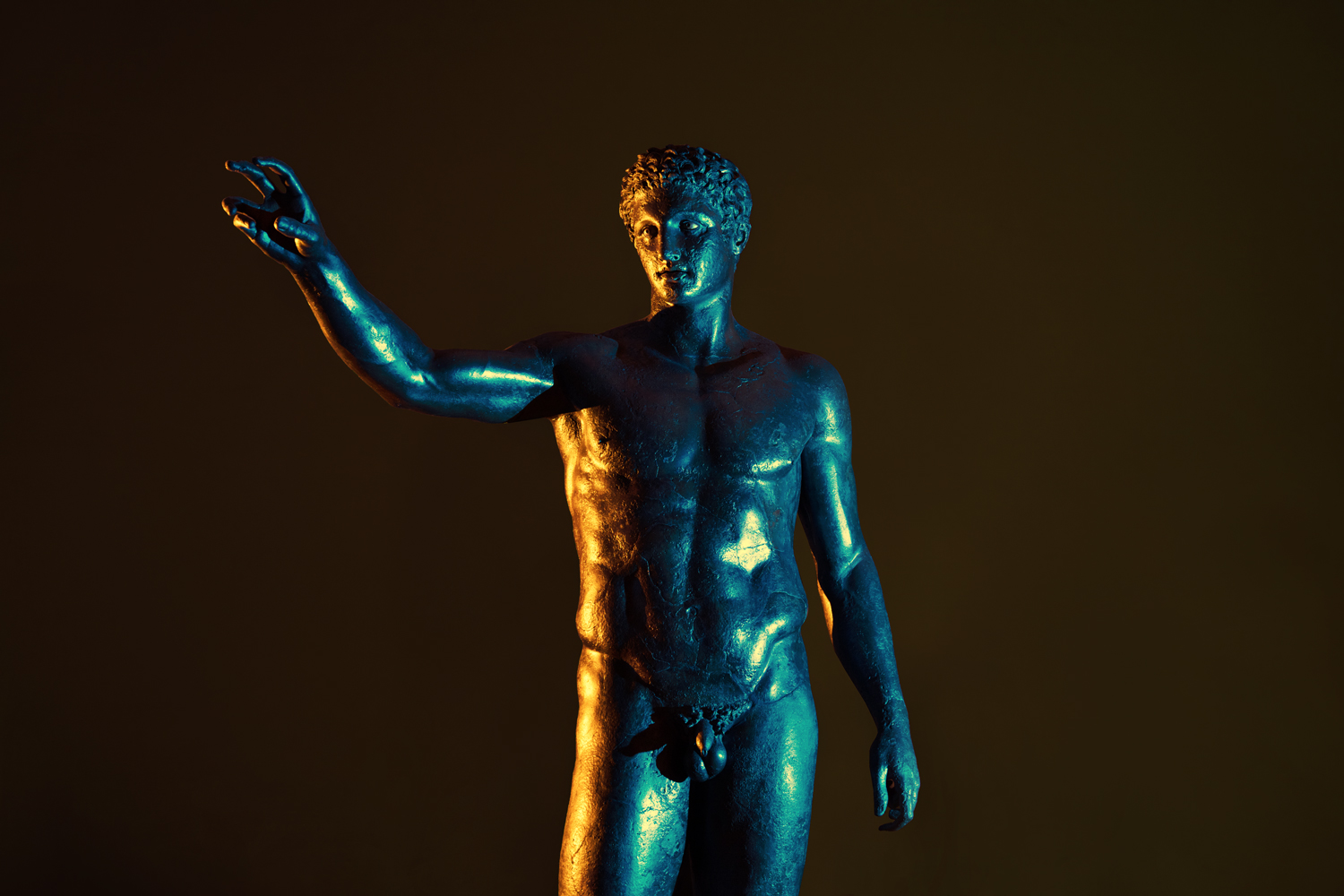
Antikythera Bronze front, 2019
National Archaeological Museum of Athens
Lambda print
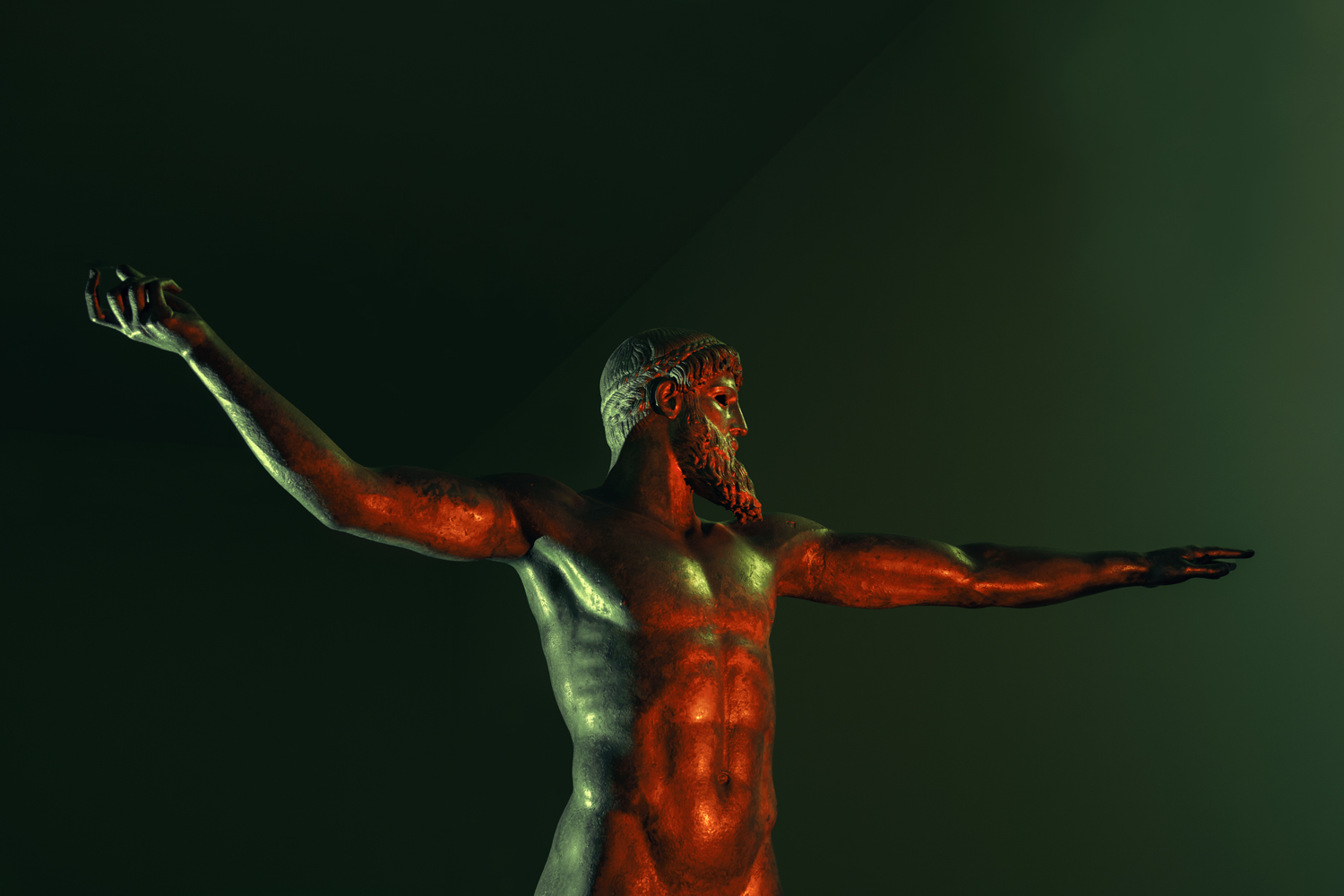
Artemision bronze front b, 2019
Lambda print

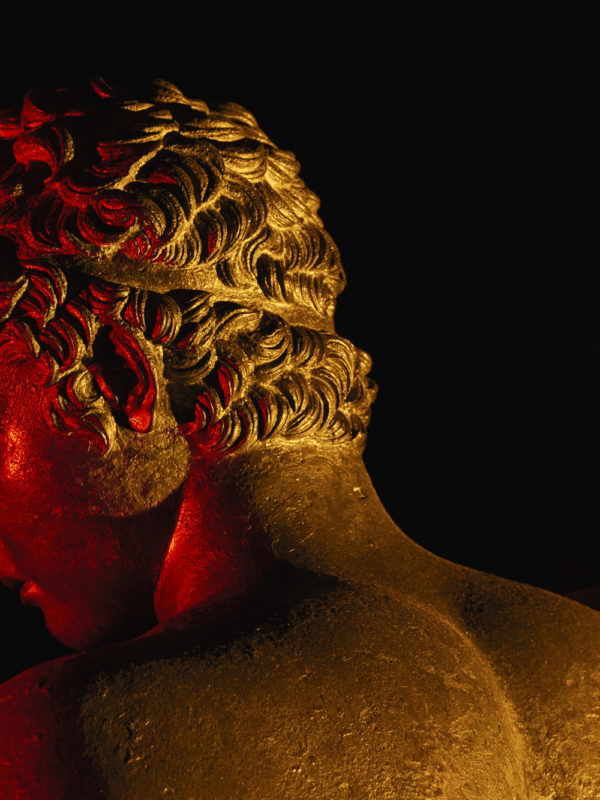
The Marathon boy detail, 2019
Lambda print
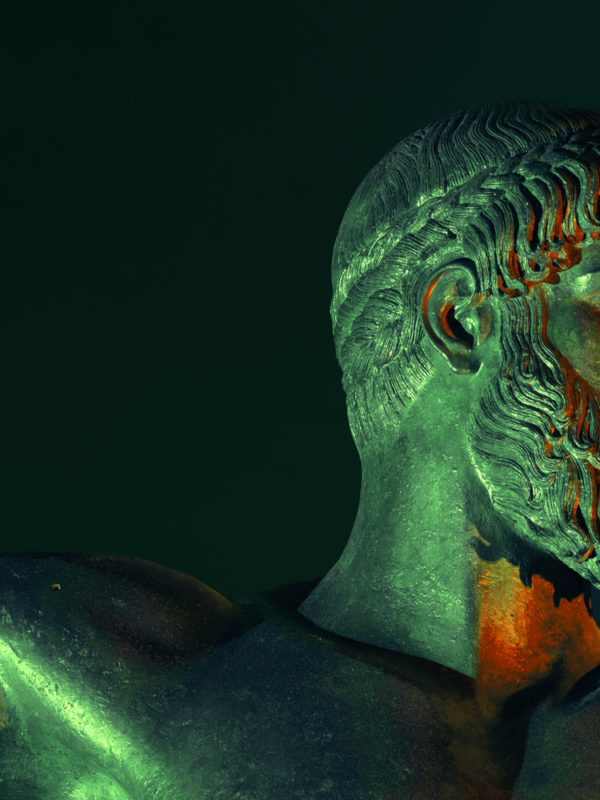
Artemision bronze detail, 2019
Lambda print

Artemision bronze detail b and d, 2019
Lambda print
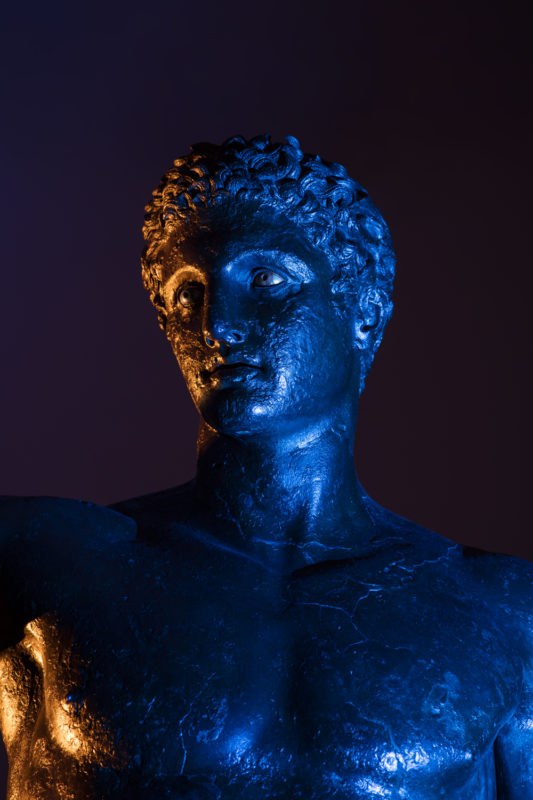
Antikythera Bronze portrait, 2019
National Archaeological Museum of Athens
Lambda print
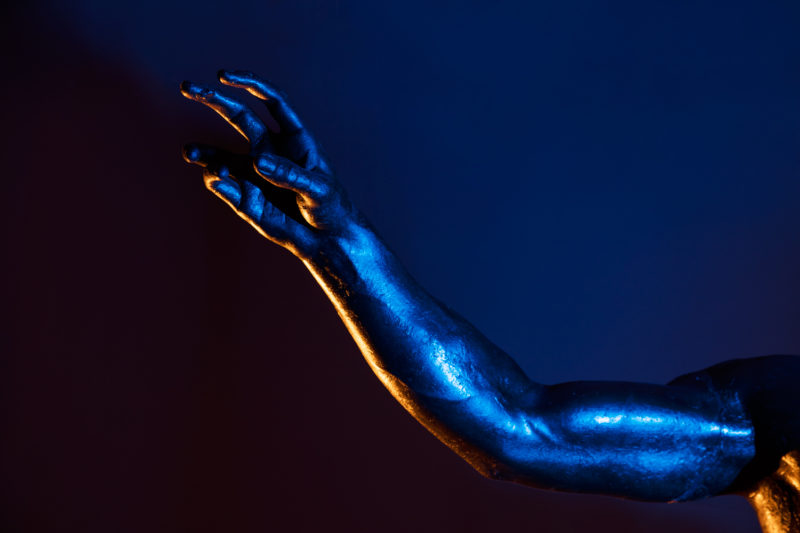
Antikythera Bronze arm, 2019
National Archaeological Museum of Athens
Lambda print
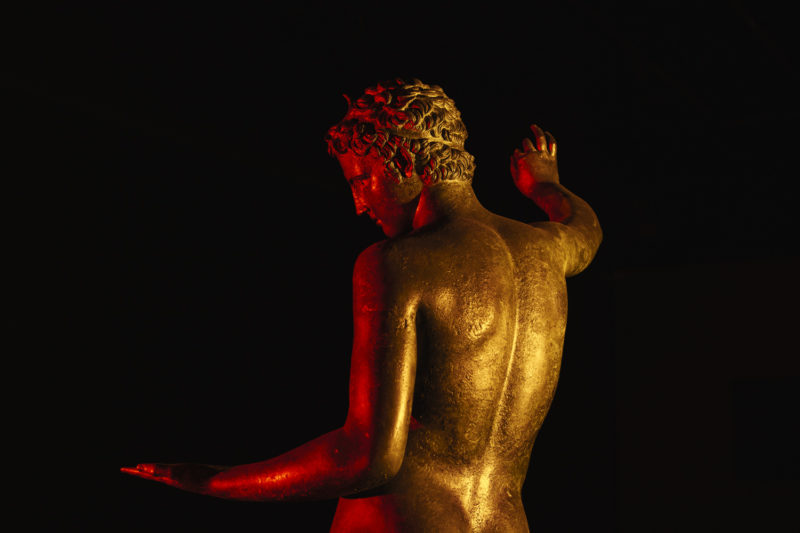
Marathon boy, 2019
National Archaeological Museum of Athens
Lambda print

Bronzo B 01, 2018
Lambda print
National Archaeological Museum of Reggio Calabria
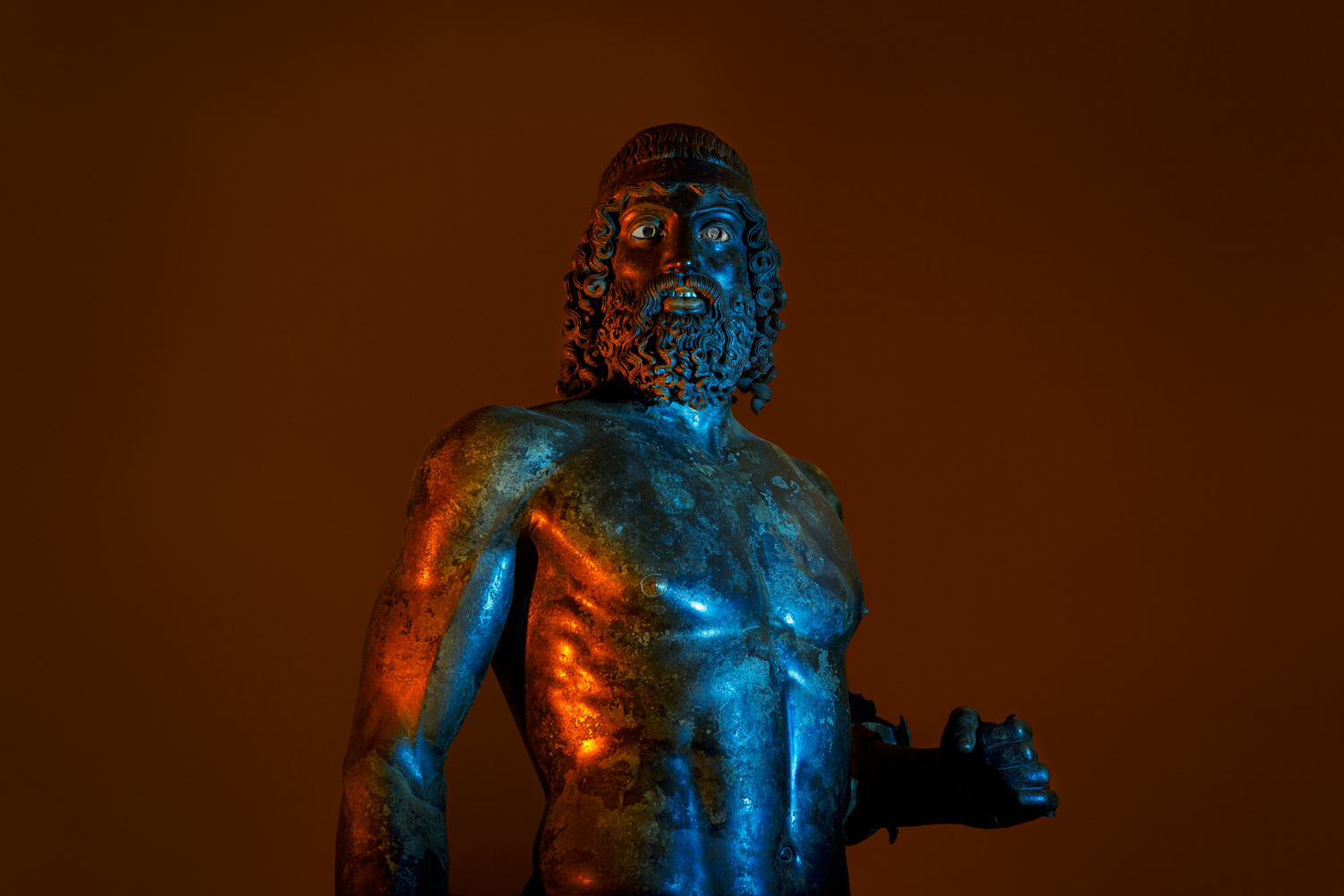
Bronzo A 01, 2018
Lambda print
National Archaeological Museum of Reggio Calabria
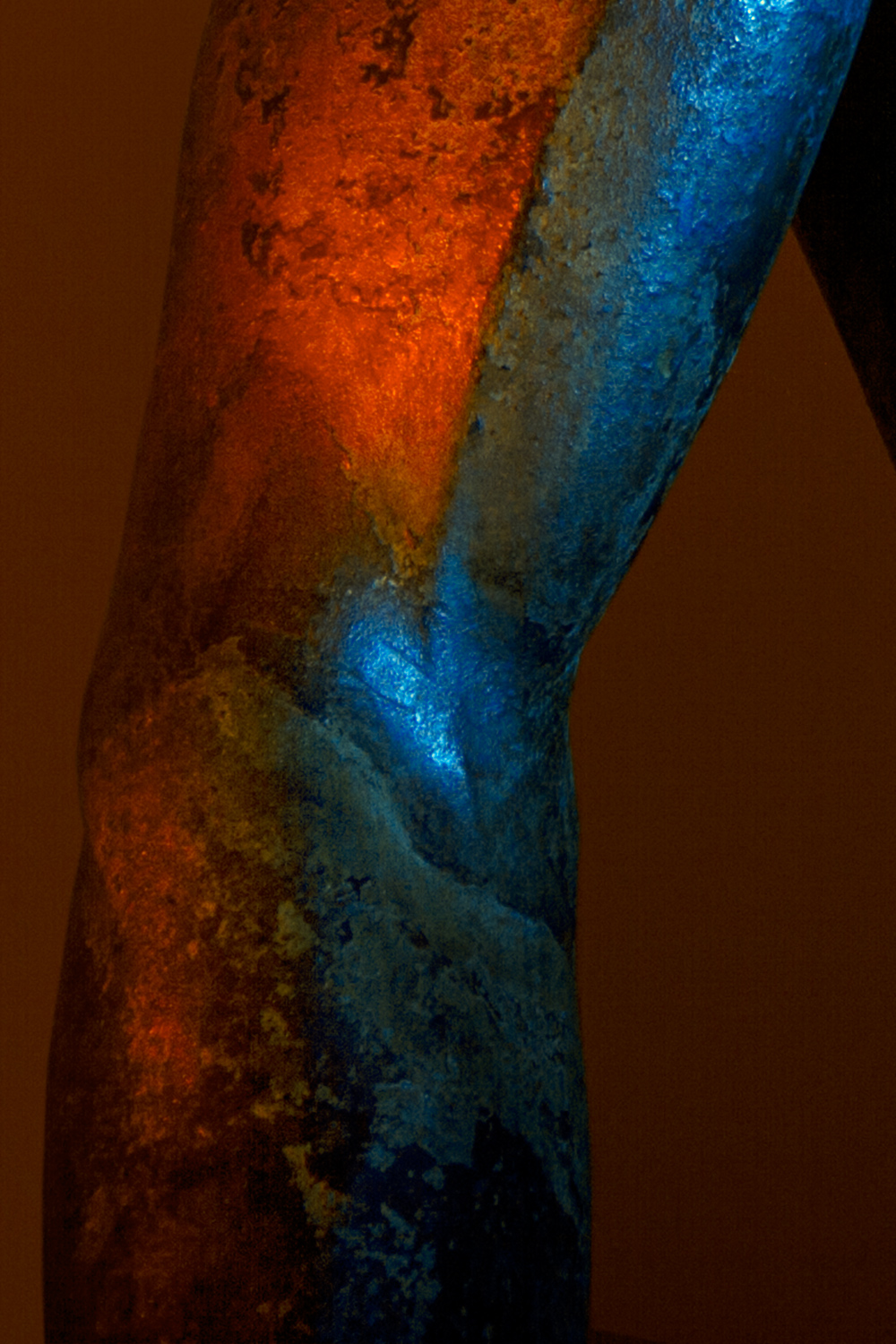
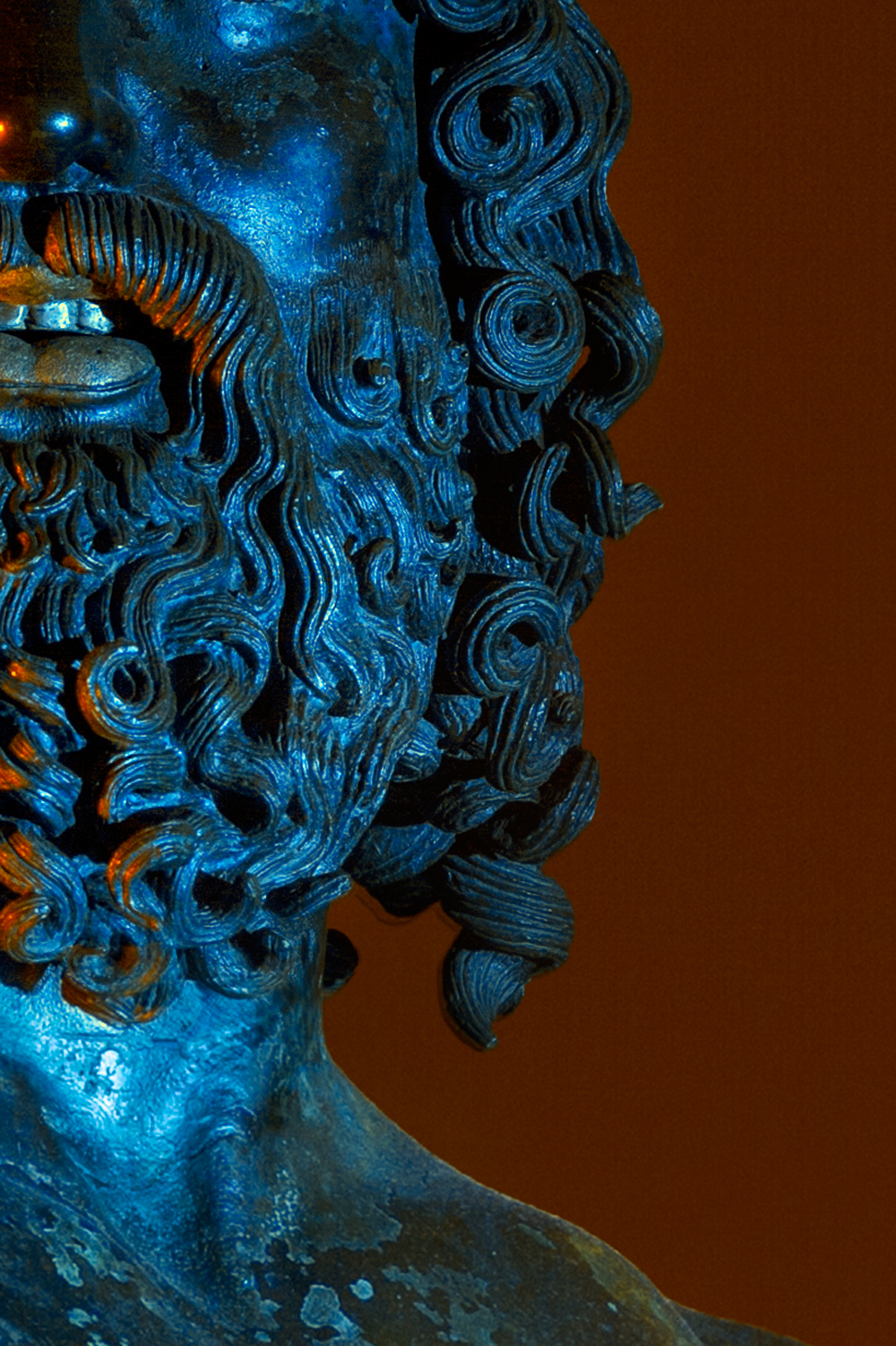
Bronzo B 02, 2018
Lambda print
National Archaeological Museum of Reggio Calabria
Bronzo A 02, 2018
Lambda print
National Archaeological Museum of Reggio Calabria
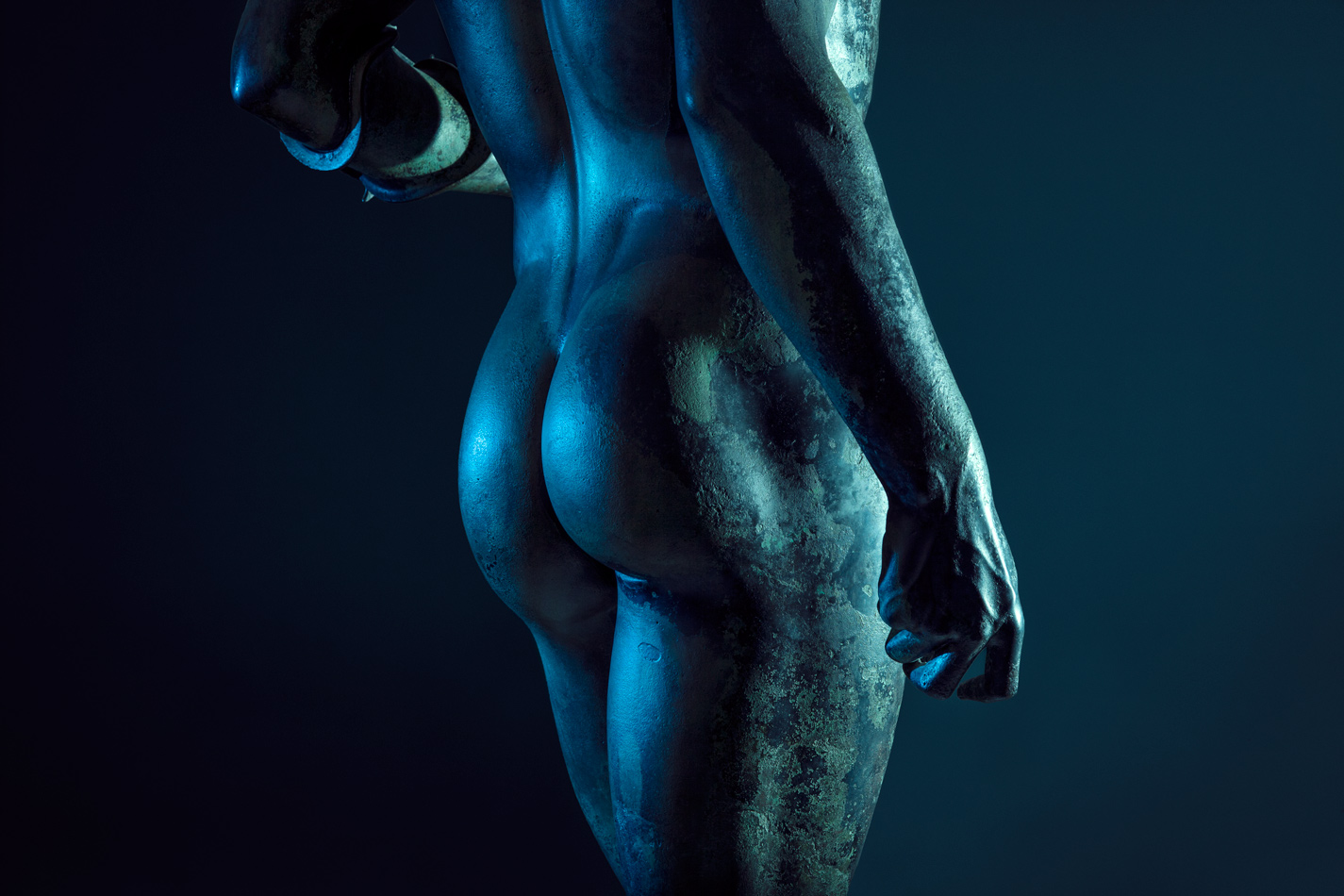
Bronzo A 03, 2018
Lambda print
National Archaeological Museum of Reggio Calabria
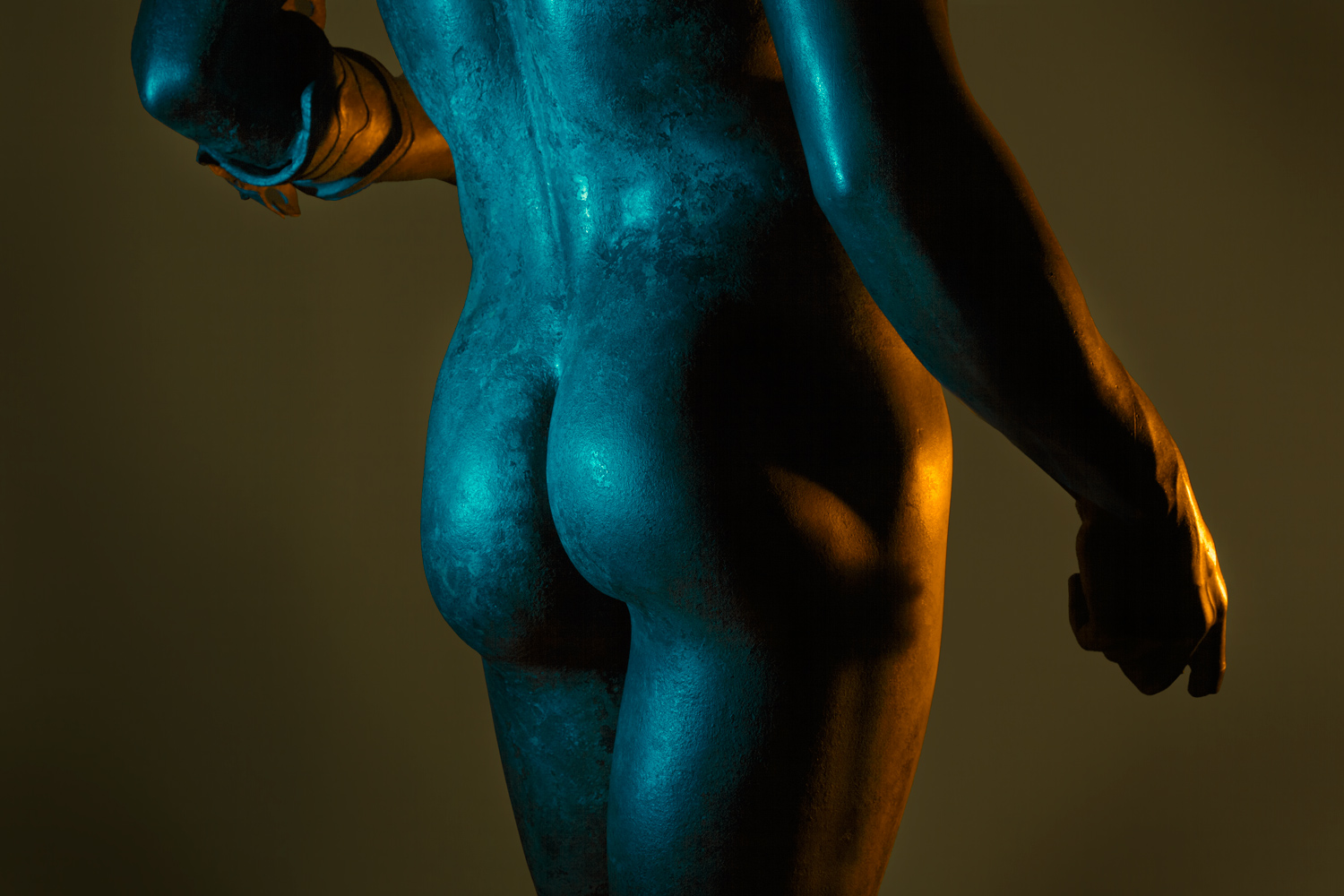
Bronzo B 03, 2018
Lambda print
National Archaeological Museum of Reggio Calabria
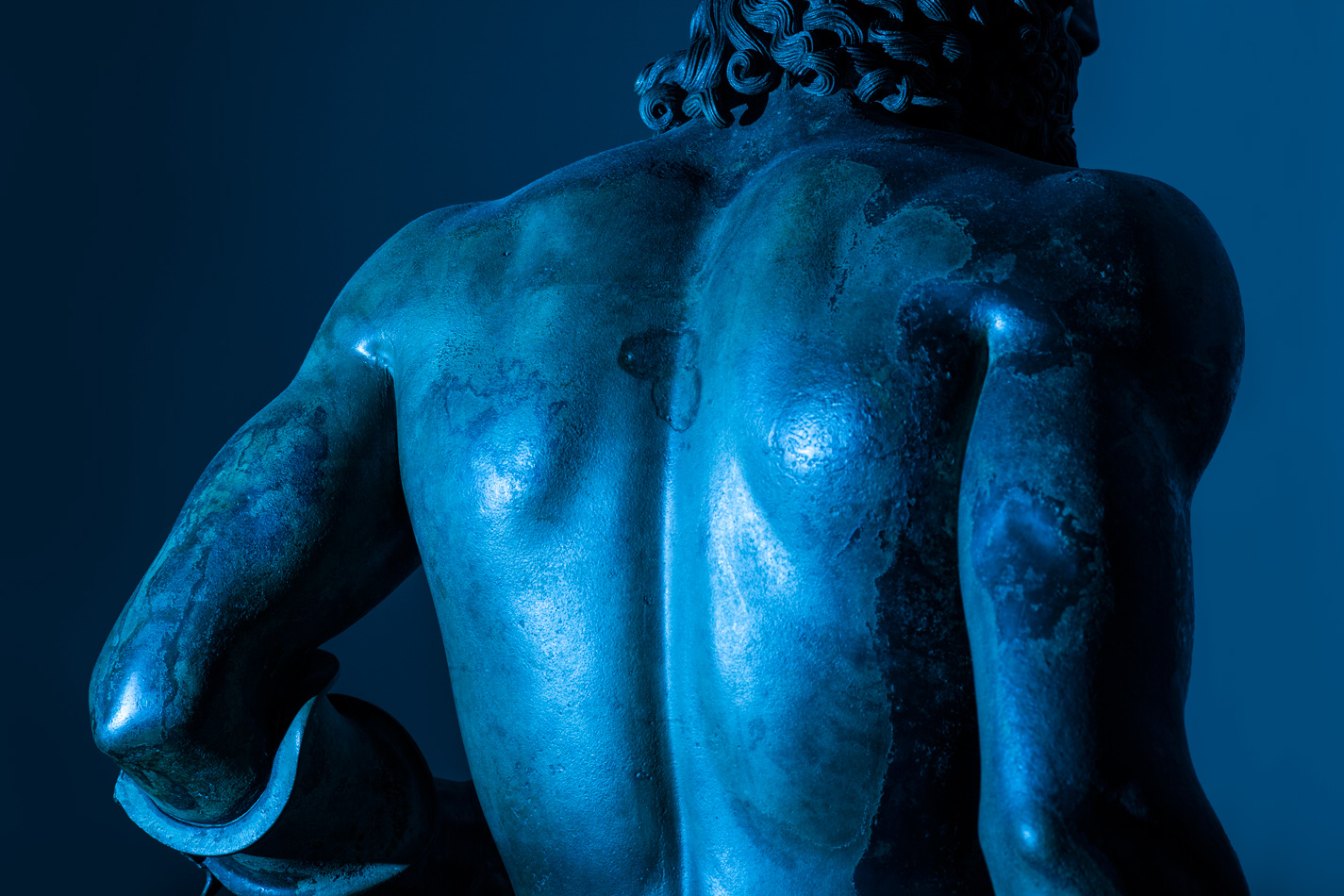
Bronzo A 04, 2018
Lambda print
National Archaeological Museum of Reggio Calabria
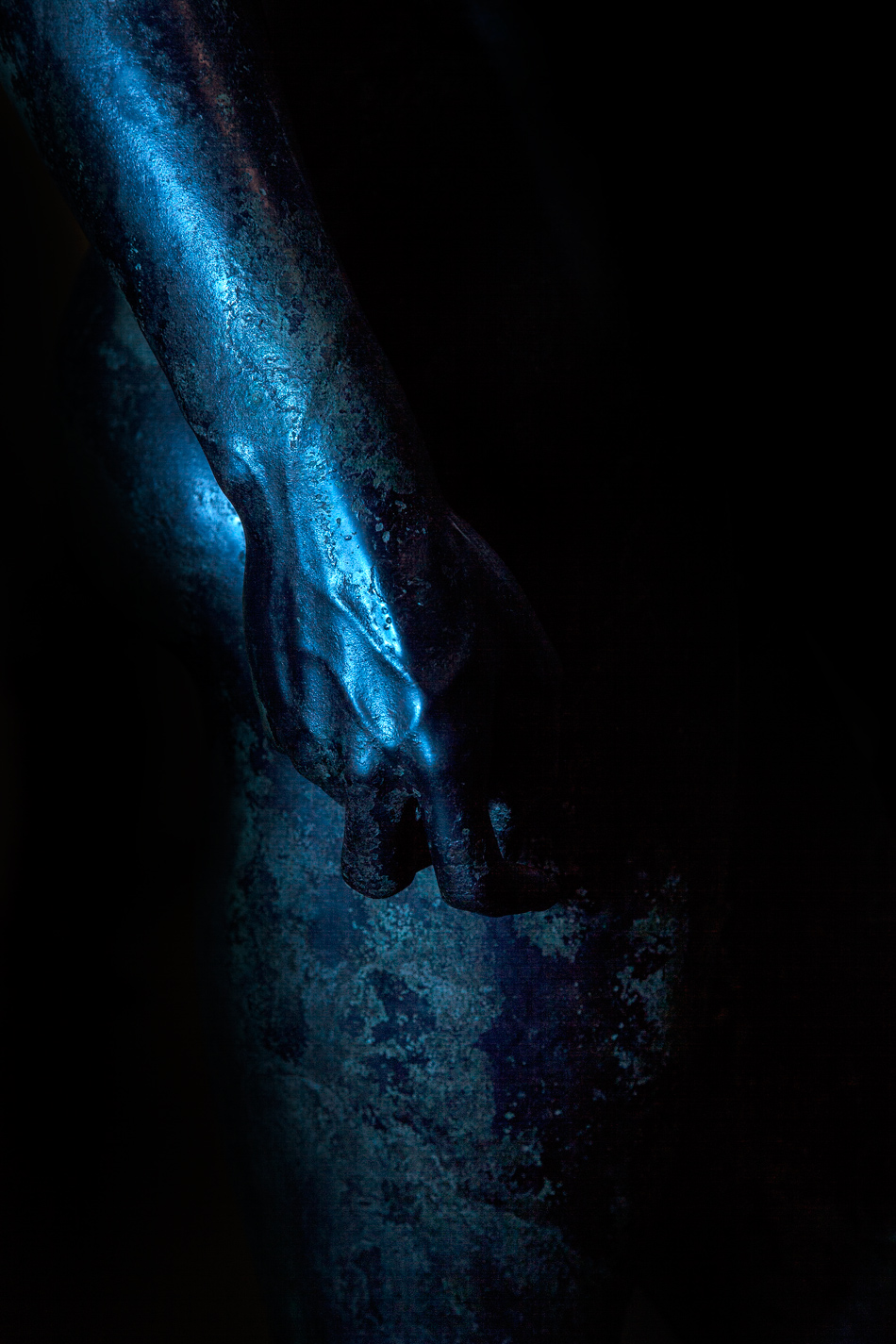
Bronzo A 05, 2018
Lambda print
National Archaeological Museum of Reggio Calabria
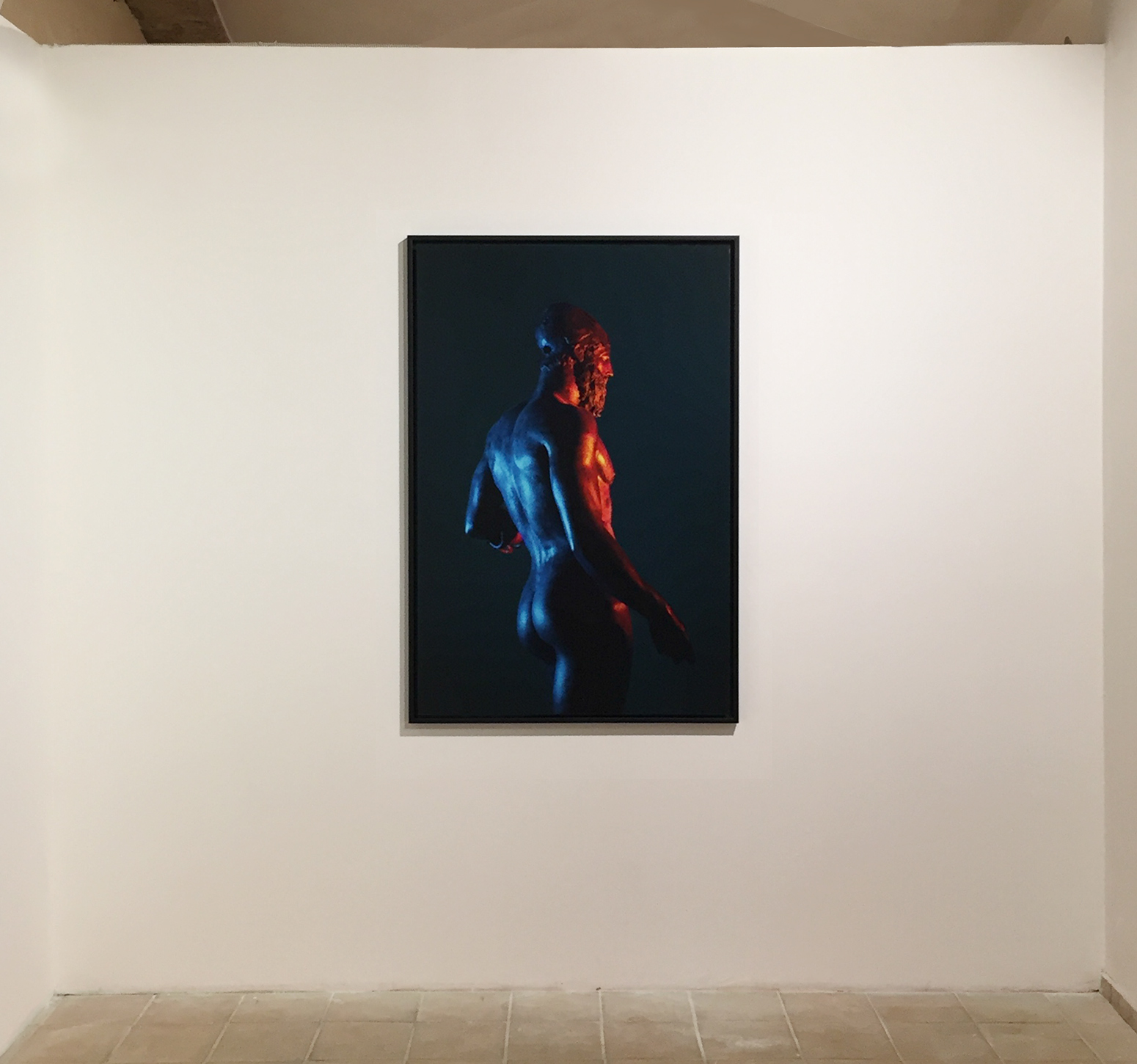
Bronzo B 01, 2018
Exhibition Marca Museum, Italy
Treasures from the sea (ENG) Treasures from the sea is a photographic project portraying Ancient Greek bronzes found in the Mediterranean sea in the last century. The project depicts some of the most important masterpieces of the Greek Art such as the Riace Warriors on permanent display at the National Archaeological Museum of Reggio Calabria or The Artemision bronze, Antikythera bronze and Marathon Boy from the National Archaeological Museum of Athens collection. All the sculptures presented in this collection were all discovered in the Aegean and Mediterranean sea belonging to various shipwrecks and they have all fundamentally altered the modern view and understanding of Ancient Greek sculpture. With the use of medium format photography, the artist is presenting a new and personal perspective of these incredible treasures of the sea. The lighting set-up is designed to enhance and strengthen the finest three-dimensional value of this group of statues and to deliver a personal theatrical vision of them. Following the 'synaesthetic' approach of colours in ancient Greece, Lo Schiavo is exposing the texture of the statues with a complex tinted light set up, trying to convert the firmness of the sculptures into a perceived action. In ancient Greece, colours were often describing experiences along with emotions and the exact description of colours was replaced by a psychological and subjective conception of it. For instance, the Greek ξανθός (Xanthos) indicated a colour that ranges from yellow to red, this term is used to describe the colour of the blond hair of Homeric heroes, but it also describes the red sun of sunset and the warm light of the fire that illuminates foundry in the sculptors laboratory were the bronzes were made. Κύανεος (kuaneos), from which the Italian cyan derives, indicates instead a dark colour, which varies from blue to purple. The dark reflective and precious bronze surface becomes, in the photos of Giuseppe Lo Schiavo, the stage of a colourful mythological play.
